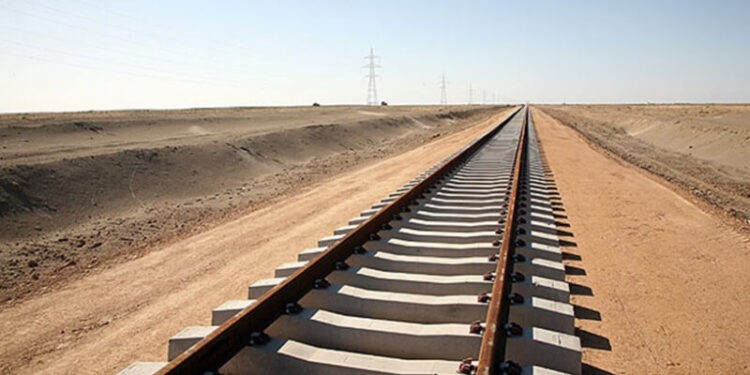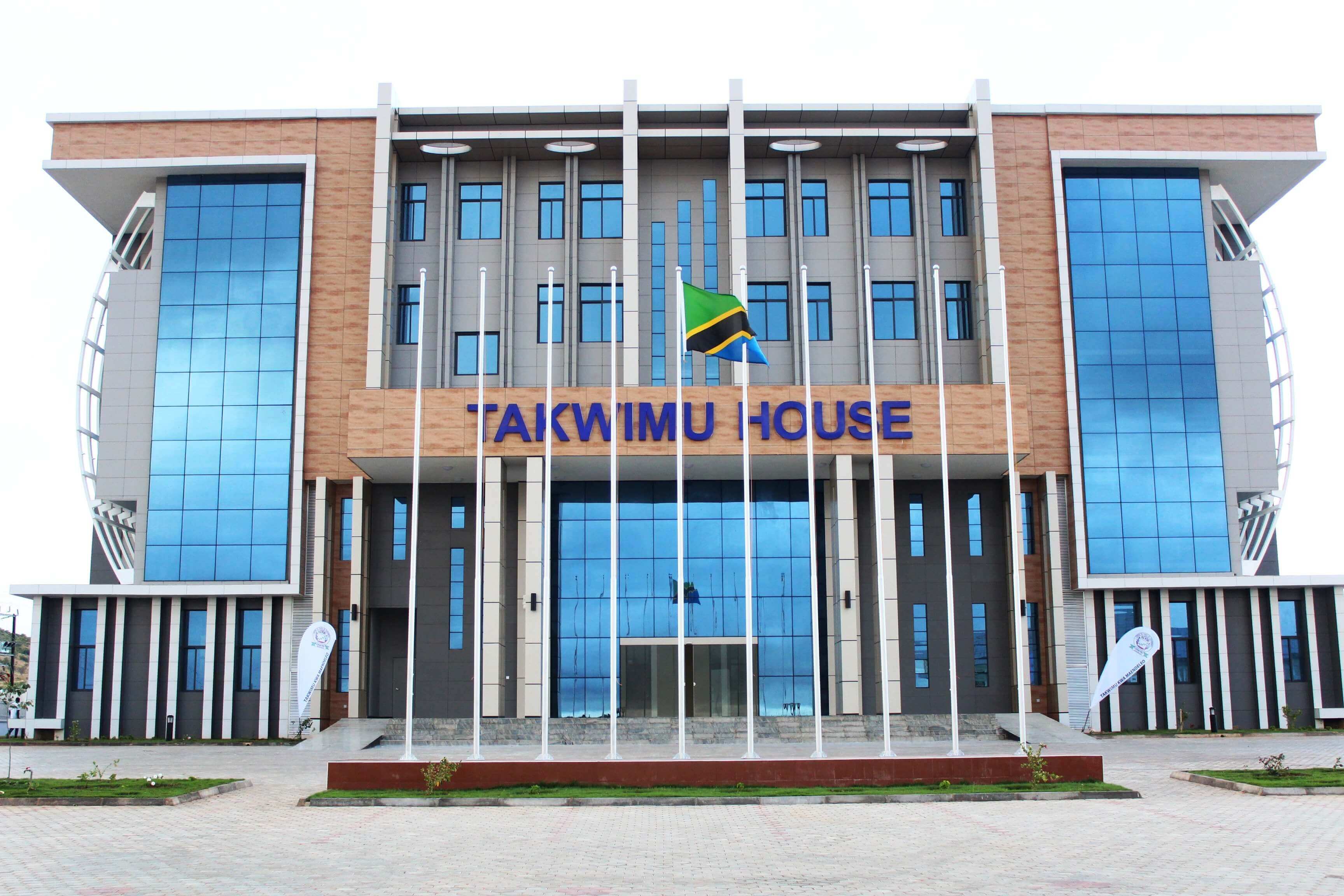Tanzania Railways Corporation (TRC) is finalizing its long term plan to kick-start the mega standard gauge railway project that will link Mtwara Port and the neighbouring Southern Africa Development Community (SADC) countries.
This will be the third phase of the SGR railway line to be built in the country after the first one which starts from Dar es Salaam to Mwanza covering a total of1,465 kilometers divided in five lots, whereas the second one starts from Tabora to Uvinza and enters Burundi through Gitega covering a stretch of 540 kilometers.
The envisaged railway line is to span a stretch of 1,000 km from Mtwara port to Mbamba Bay port on Lake Nyasa through Songea and Ludewa under which the TRC had been earlier assigned by the government in the area to do the preliminary feasibility study which is in final stage.
Transporters in several countries such as Malawi, Zambia and Zimbabwe have expressed interest to invest in the upcoming Mtwara-Mbamba Bay Standard Gauge Railway (SGR) project so as to facilitate ease access of their business commodities while on transit, says an official.

The Permanent Secretary in the Ministry of Transport Gabriel Migire told the The BuisinessWiz network in an exclusive interview that, “the completion of the project which is set to commence during 2023/24 fiscal year is also set to unlock various economic potentials along southern development corridor.
According to Migire, among other business opportunities to be explored is a massive economic potential of Liganga and Mchuchuma coal mines which will be implemented through a consortium under the Public Private Partnership (PPP) arrangement.
He said the preliminary studies showed that the Mtwara-Mbamba Bay project can be implemented by private sector because of its potentiality adding that at its current stage it requires one to be employed as a financial consultant as earlier agreed.
“After that, the selected contractor may go through the drafted earlier reports of the feasibility done way back in 2016 with the aim to prepare portraits so as to announce the tender bid in order to enable get a strategic investors to run the project,” he said.
He added that in a bid to accomplish the contractual deal, the transport Ministry will in collaborate with the Ministry of Finance and Planning through its special unit which is responsible for the coordination activities with private sector developments in maters specifically related with projects for private engagements.
The PS disclosed all these plans during a three-day SADC media training sessions that brought together stakeholders from 16 member countries who met in Dar es Salaam last week.
However, he did not disclosed the total costs needed for the project but rather urged that once it starts operations it would open business opportunities of southern regions in the country which have been lagging behind due to poor transport infrastructures.
The PS further clarified that, the government is set to engage all stakeholders who are interested in investing in the construction of the SGR of which the countries such as England, South Africa, USA, Canada and China have shown interest in investing in the Mtwara Development Corridor.
In 2021, the Southern African Development Community (SADC) provided Tanzania $6 million (over 13bn/-) to be used for conducting feasibility studies for the preparations of a detailed design of a railway link from Mtwara Region to Mbamba Bay in Ruvuma Region.
Studies have shown that, “among the most anticipated business projects to be facilitated along and linked to Mtwara port in southern corridor is that of Liganga and Mchuchuma mega projects located in Ludewa District, Njombe Region that had stopped production almost a decade ago”.
Liganga iron ore mine holds the biggest iron resources in Tanzania with proven reserves of 126 metric tons whereas the Mchuchuma project aim to produce coal, have both shown no signs of implementation despite being mentioned in parliament year after year.
The Mchuchuma project also includes the construction of a coal-fired power station that was envisaged to produce 600 MW, of which 250MW will be used by the iron plant, while the remaining 350MW will feed the national grid.
Both the envisioned investment projects in the area were assigned to be implemented by the Tanzania-China International Mineral Resources Ltd (TCIMRL) way back in 2013 at an estimated cost of US$ 3 billion (TShs. 6.8 trillion) in southern highland region, but had stalled since the contract was signed in 2011.
The final approval of both projects targeted to accelerate economic growth in the country, was once again delayed by the fifth phase government of the late President Dr. John Magufuli’s administration when he assumed office in 2015.
Since then, the two projects have stalled and had never materialized due to the government’s failure to reach an agreement with prospective investors who later became frustrated and surrendered in May 2016.
After long wait, the implementation of both projects is fast becoming a reality after the Minister for Finance Dr. Mwigulu Nchemba assured settlement of payments to be accorded as compensation to all 1,142 residents surrounding the project area accordingly.
The Finance Minister said recently in his budget statement that, the government will pay a total sum of 15.42bn/- (US$ 6.44 million) to the targeted groups during 2023/24 financial year whose land has been earmarked to pave the way for the project to start on straight.
Minister for Investment, Industry and Trade Dr Ashatu Kijaji said after years of dilly-dallying, the government of Tanzania is now determined to scout for new investors to develop the two projects as ordered by lawmakers so as to reap benefits from the mega extractive schemes.
According to her, the government has initiated talks with new investors in efforts to ensure that the project does not turn out to be hazardous and cause loss to the nation.
The Minister when contacted for comments said that the government has seen the potentiality of use of coal and that, it spends over $ 1 billion on annual basis to import iron from abroad to cater for the domestic use.
According to geological survey carried out by experts from National Development Corporation (NDC) in 2013, showed that there are 428 million tons of coal in the country in an area of 30 square kilometers that can be mined for more than 140 years.
The latest BoT report on exports says that as coal demand for power generation continues to rise, the international coal market will remain tight and hit a new record in 2023.
During the past years, coal prices have risen to unprecedented levels as the world’s three largest coal producers China, India, and Indonesia have all broken production records due to minimal supplies.







